Woodturning is an extremely fun and satisfying craft. It can be as easy or difficult as you want. You can learn on the job, provided you keep safe. But you will save yourself a lot of time, money, and headache if you learn a couple of things.
In this post, we’ll talk about materials, skills, and techniques that you should know. If you are new to woodturning, here is a guide for beginners on where to begin. And that begins by understanding what the words woodturning mean. Let’s start there.
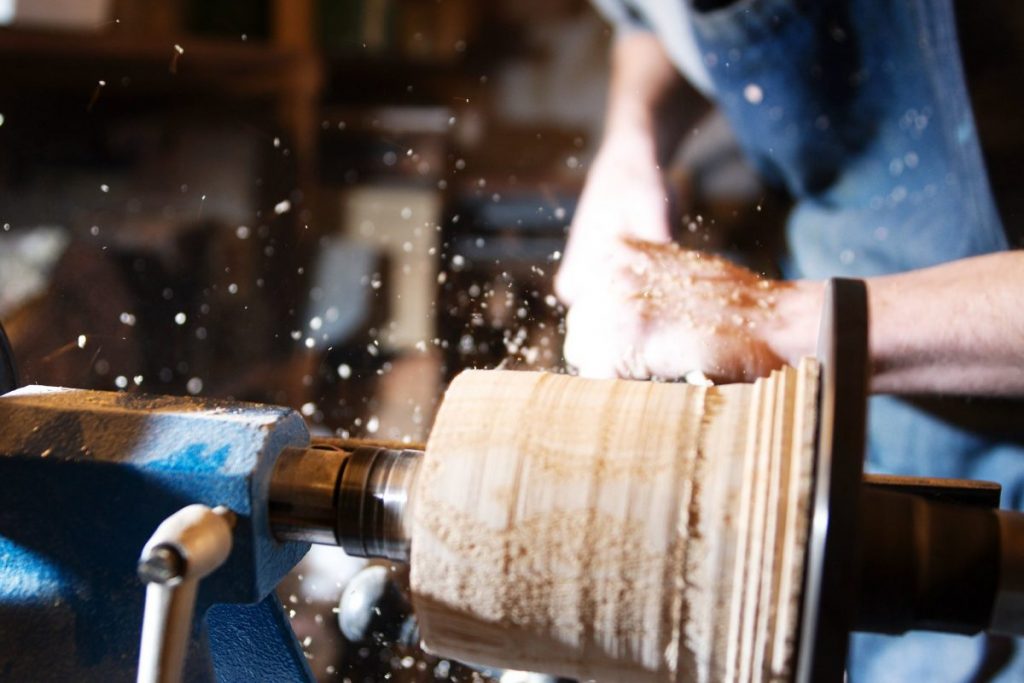
What Is Woodturning?
This is a step that anyone working with a piece of wood should know about. If you didn’t already know, woodturning is the process of taking a chunk of wood and turning it into a plank of wood that can be a part of a larger product.
Should you even take up woodturning? Find out here.
How do You Turn Wood?
All woodturning can be broken down into two basic categories:
Spindle Turning
Spindle turning generally involves turning a cylindrical object where no hollowing is done. Spindles are usually turned “between centers”, simply meaning you mount the piece between the headstock and tailstock. Turning is done at higher RPMs than used on faceplate work.
Common spindle projects include pens/pencils, candlesticks, bottle stoppers, table legs, balusters, wands, telephone poles, knitting needles, finials, pedestals, Christmas ornaments, etc.
Just to keep things confusing, note that chucks are sometimes used in spindle turning. Also, some forms of spindle turning are done without the use of the tailstock. Clear as mud?
Most lathes on the market are suitable for spindle turning with the limiting factor being the length of the bed.
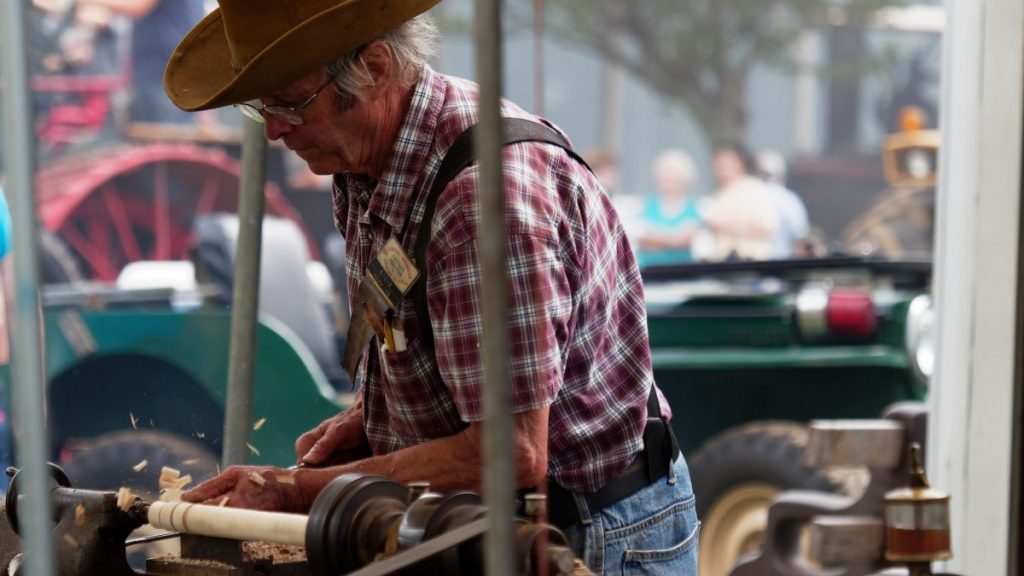
Face Plate/Chuck Turning
This category involves using a faceplate or chuck to mount your blank directly to the headstock spindle (although the tailstock is still often used for safety and support). Many forms of faceplate work involve some form of hollowing.
Common faceplate/chuck projects include bowls, hollow forms, urns, vases, platters, wall hangings, goblets, etc.
“Swing is King” to faceplate turners. A lathe’s “swing” is defined as the maximum diameter you can turn (i.e. distance from bed to center x 2). Workpieces in faceplate turning are generally larger in diameter and must be turned at much slower speeds than used in spindle work.
Unfortunately, not all lathes on the market today are suitable for faceplate work due to their speed range (more on this later). This is also true for much older used lathes, most of which were made specifically for spindle work before bowl turning came into fashion.
A Little about the Wood You Pick
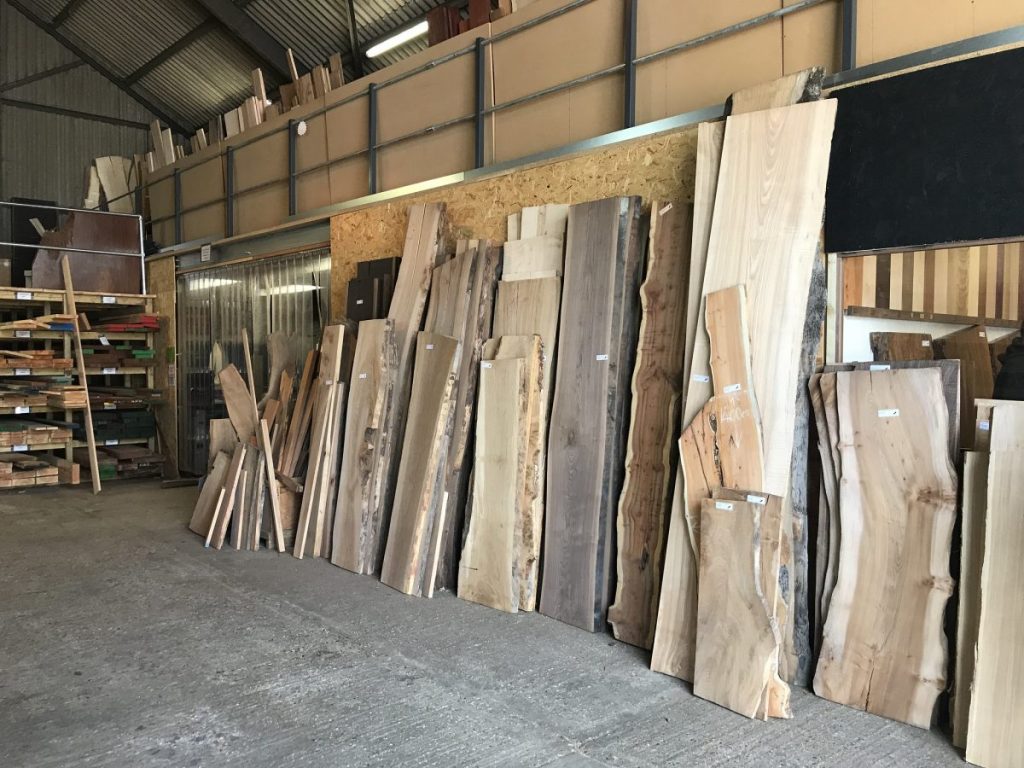
One of the key things that determine whether your job is going to be easy or difficult is the kind of wood you pick for the job at hand. To begin with, think about the versatility and durability. You need the block of wood to be specific to the project but overall, here’s what you should look for.
Procure wood for mature trees that look radiant and have a sweet smell. Appearance is important. Color and grain are both big factors when it comes to wood.
You must also consider the fibers in a piece of wood so that you know how firm and compact the lumber is. If it is too twisted, it might not be very durable. Depending on what it’s for, you must also consider the fire resistance of the wood.
Durability depends on the climate because it determines termite infestations and fungal attacks. Then there is the hardness factor. The wood you’re working with needs to be able to withstand wear and tear.
Depending on what you’re making, it might even need to handle the structural load. So, there’s that to consider. Following that is toughness which means the ability to absorb vibrations and shock.
Speaking of absorption, don’t forget moisture. Wood that is of high quality can absorb a good deal of moisture and hence fight decay. But how to tell if it’s high quality? When you strike it, high-quality wood produces a ringing sound instead of a dull thud.
Sometimes you need to be able to pick a block of wood that will work for any project. This can be for anything from one large project to many small-scale projects you might take up for fun.
Low-resin content is how to identify those woods. You also want the block to retain its shape through the process so that the final product looks exactly how you envisioned it. That’s something to keep in mind if you’re making sports equipment. So, check the elasticity.
When you’re able to do all of this in your mind because you know these parameters like the back of your hand, woodturning boils down to skill. But, before we jump into equipment and technique, here are a few choices to avoid.
Good Woods for a Lathe
Types of Lathes
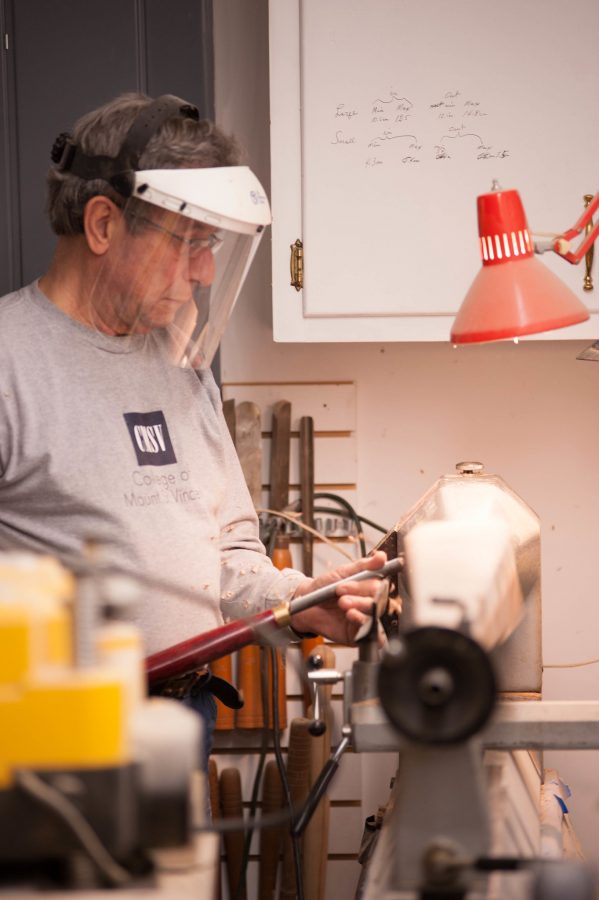
Here’s our guide on choosing the best lathe for your needs.
Techniques: Speed and Positioning
The speed of the lathe is measured in rotations per minute or RPM. You must pick the right speed depending on the end result you want and the kind of wood you’re working with.
Usually, machines with variable speeds range from 500-4,000 RPM. If your stock is wide, keep the speed low. That means if you’re using wood that is thinner than 2.5 inches, you want to turn it at 1,500 to 2,000 RPM. But if you’re working with a long piece, dial the speed down a bit.
Then there is the positioning of your hand. For safety reasons, you want to keep your hands such that you have a good grip over the block and move it according to plan but never lose sight of how close you are to the spindle.
If you are right-handed, keep your left hand on the tool rest and the right one on the handle. The left forefinger must be under the tool and the thumb must be on top of the tool. That’s just the beginning.
And never get into spindle speed contests. It seems like a fun concept but if things don’t go well, a whole lot of you might end up in the ER.
Here’s our guide on how not to get hurt.
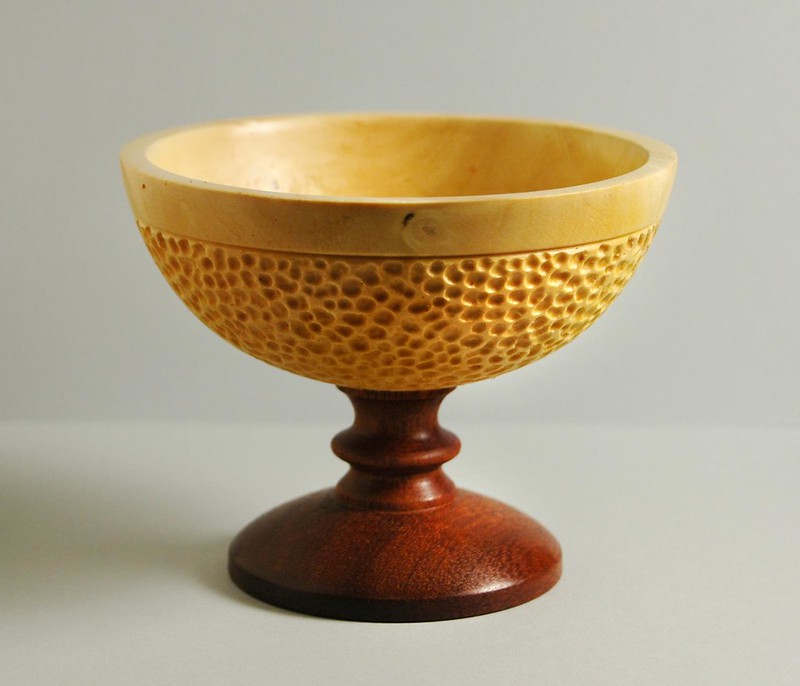
Wrapping Up
There are a lot of factors that make woodturning difficult. This is particularly true for beginners. Starting from the wood you are picking to the tools you are using, there is a lot that could simplify or complicate the process.
This depends on the decisions you make at every step. So, you might want to start with some basic projects till you get a hang of what you are dealing with.
